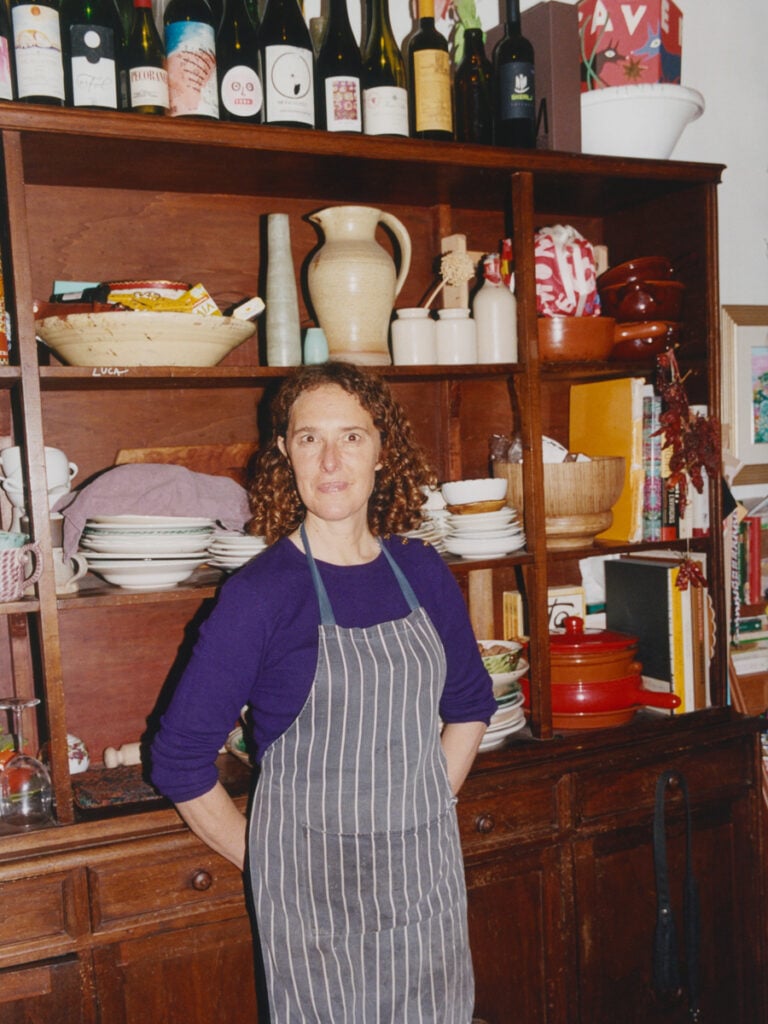Rachel Roddy is featured in issue #33 of Apartamento magazine, where she is interviewed at her home in Rome by Alex Whyte. Read the full interview in our brand new issue, available here. The following is excerpted from Five Quarters: Recipes and Notes from a Kitchen in Rome, published this month in a new black and white reissue edition by Headline Home.
Of course, I thought Rome was glorious, but I didn’t want to stay. A month, three at most, then I’d take the train back to Sicily to finish the clockwise journey I’d interrupted before moving further southwards somewhere. I had no plan, only a vague notion that I would know the place I could settle in when I found it. It was about halfway through that first reluctant month—April 2005, to be exact—that my oldest friend, Joanna, came to stay for a few days, bringing with her a suitcase the size of a few weeks and the itinerary of an architect. We spent her first three days negotiating maps, disconcerting curves in the river and other tourists in search of fluted columns and flights of steps. Then, on her fourth day, we visited one of the most Roman of all Roman quarters: Testaccio.
Approaching Testaccio for the first time, as we did by bus that day, I was caught off guard. Linear and grid-like, the blocks of undistinguished-looking 19th-century buildings seemed hard, passionless even, after the warren of medieval alleys and the exhilarating sprawl of imperial ruins we’d been lost in. We walked, or wandered really (the best way, and invariably a happy adventure in Rome), down tree-lined vie, past tenement blocks and clusters of chattering signore, and pressed our noses up against the frosted-glass windows of local trattorias. In the courtyard of one block, while Joanna made notes about the internal stairwell and talked about public housing schemes, I watched a wicker basket being lowered from a window, filled with shopping, reeled back up and swallowed by a clotted lace curtain. In another courtyard, which had washing hung like smiles under almost every window, we dodged a trio of boys playing, their ball ricocheting from the internal walls, until a voice called out ‘tacci tua!’ and the boys scattered like marbles, us too. Years later, now that I fully understand the connotations of ’tacci tua, I cringe at our thick tourist skins, walking around a private courtyard admiring the washing, only to be shooed away by an old lady and this very best of Roman insults. We barely caught sight of another tourist.
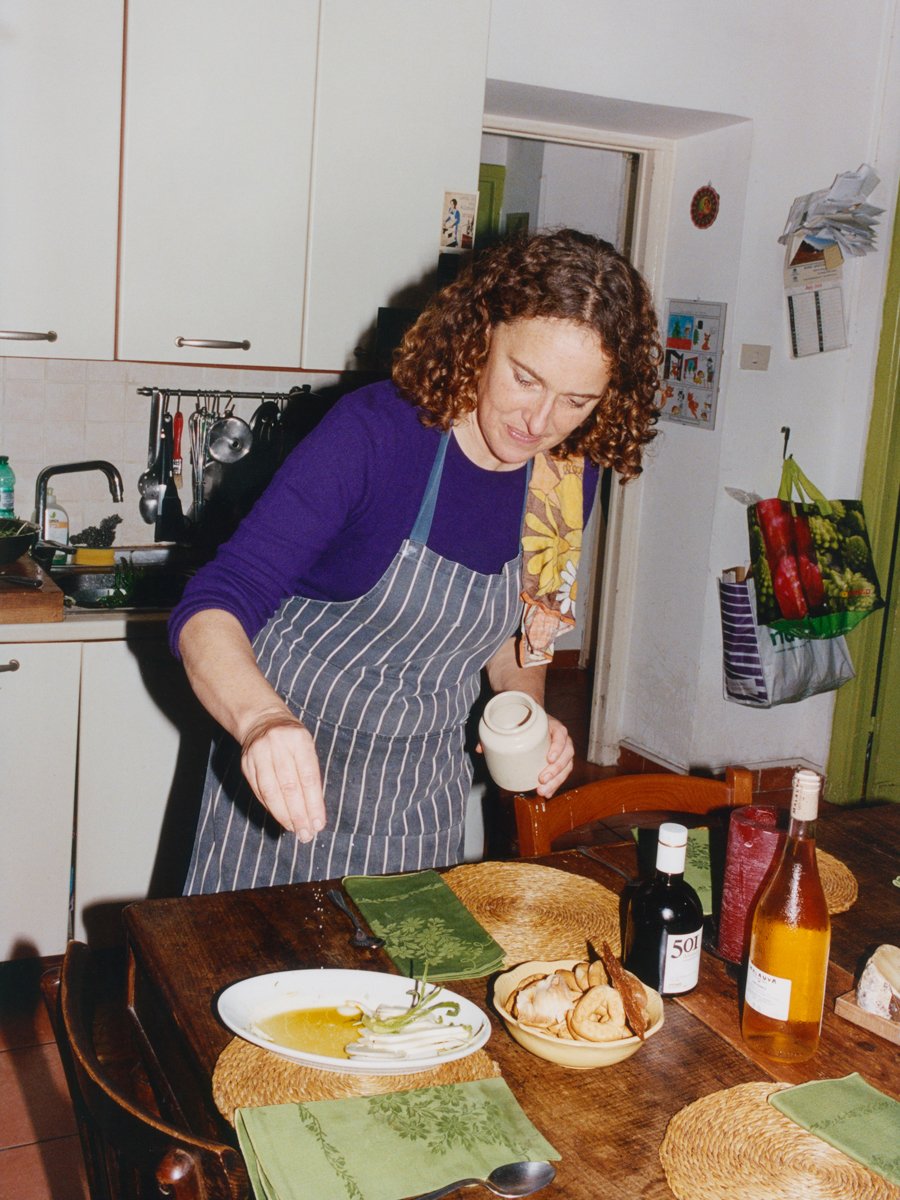
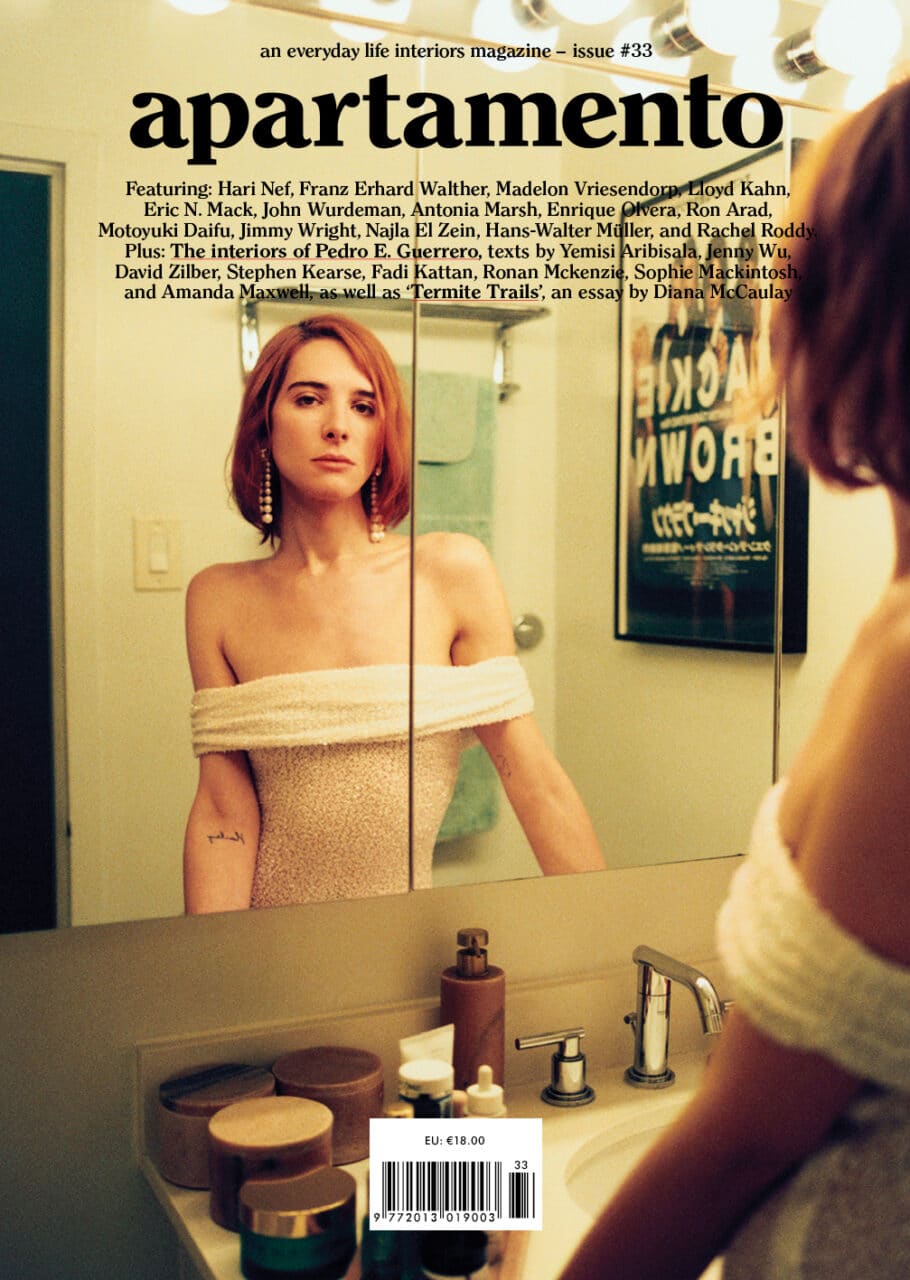
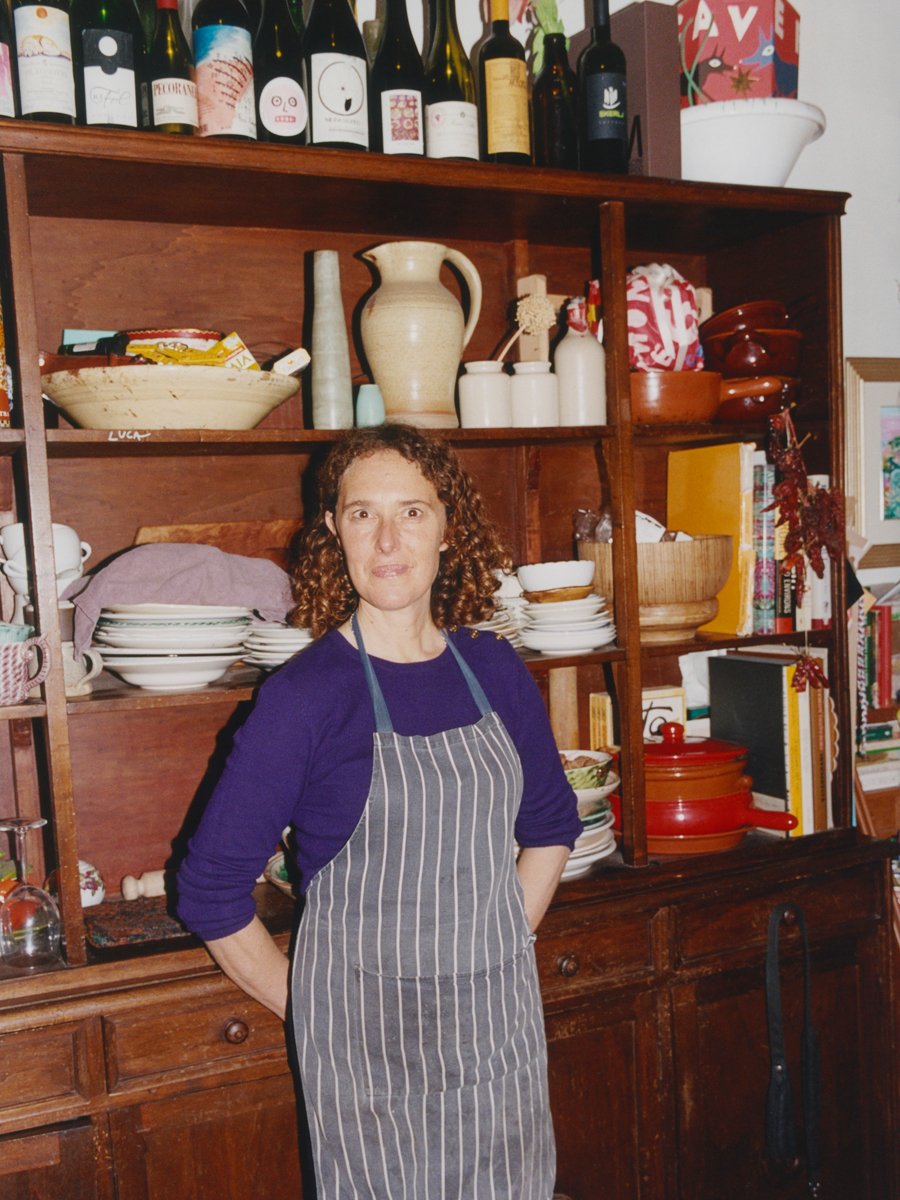
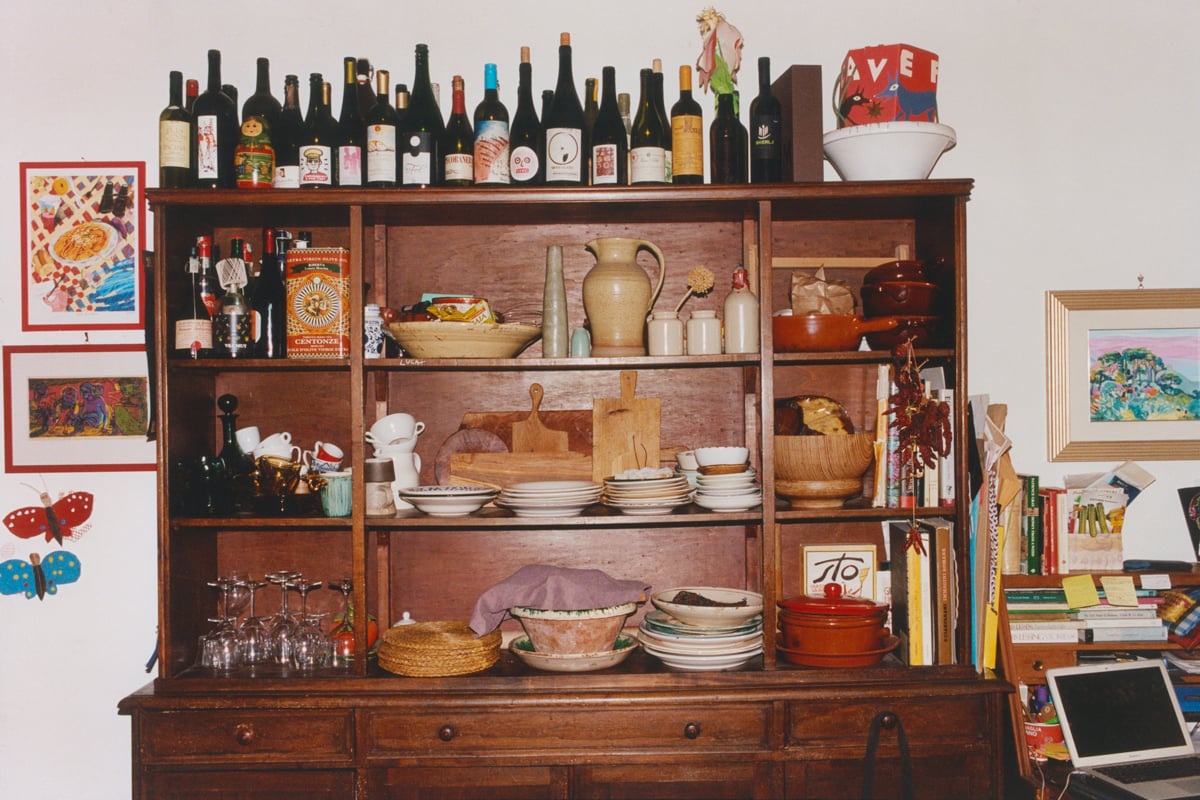
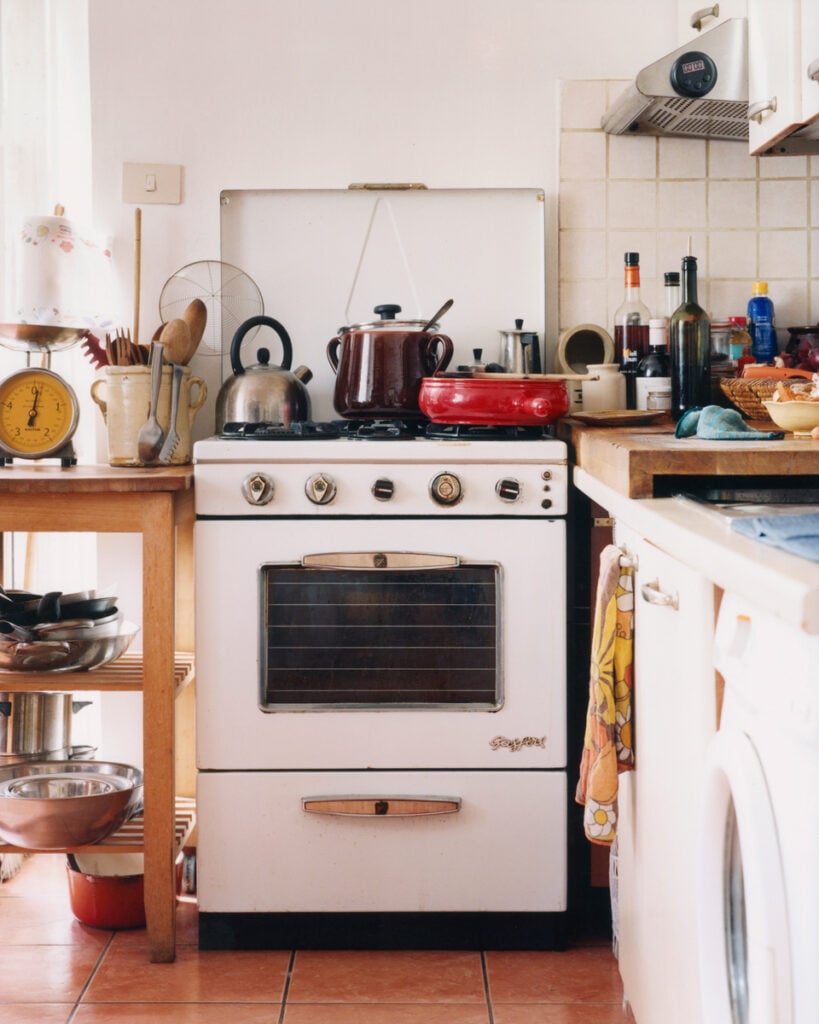
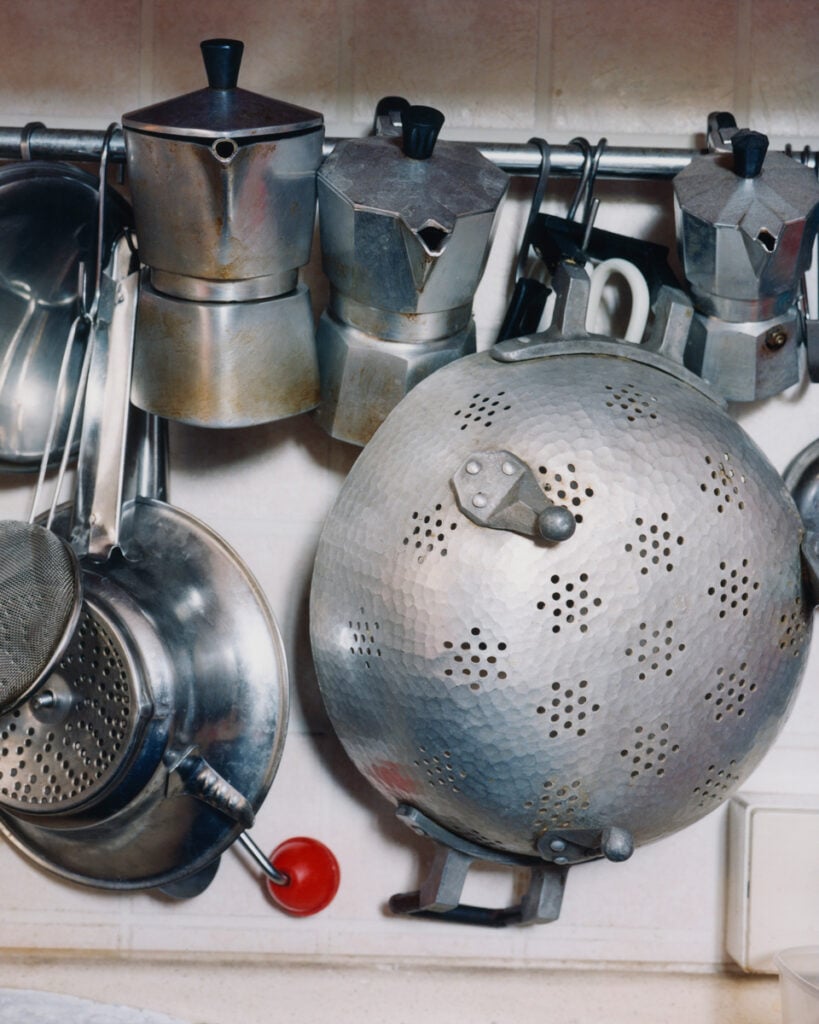
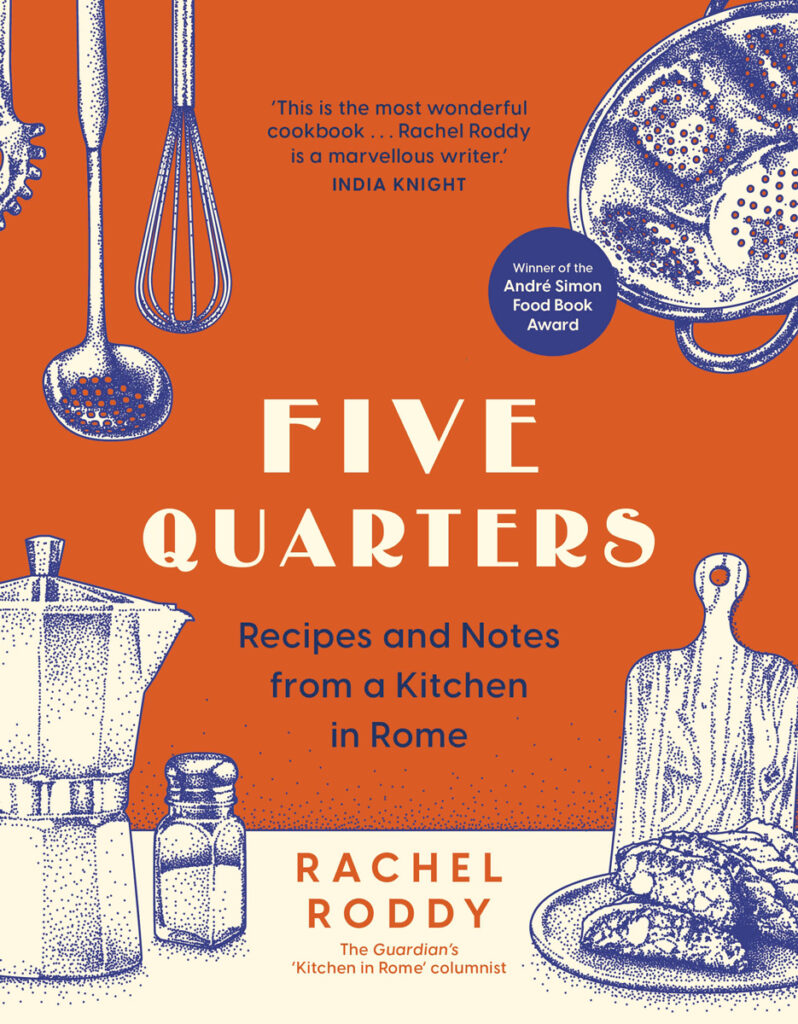
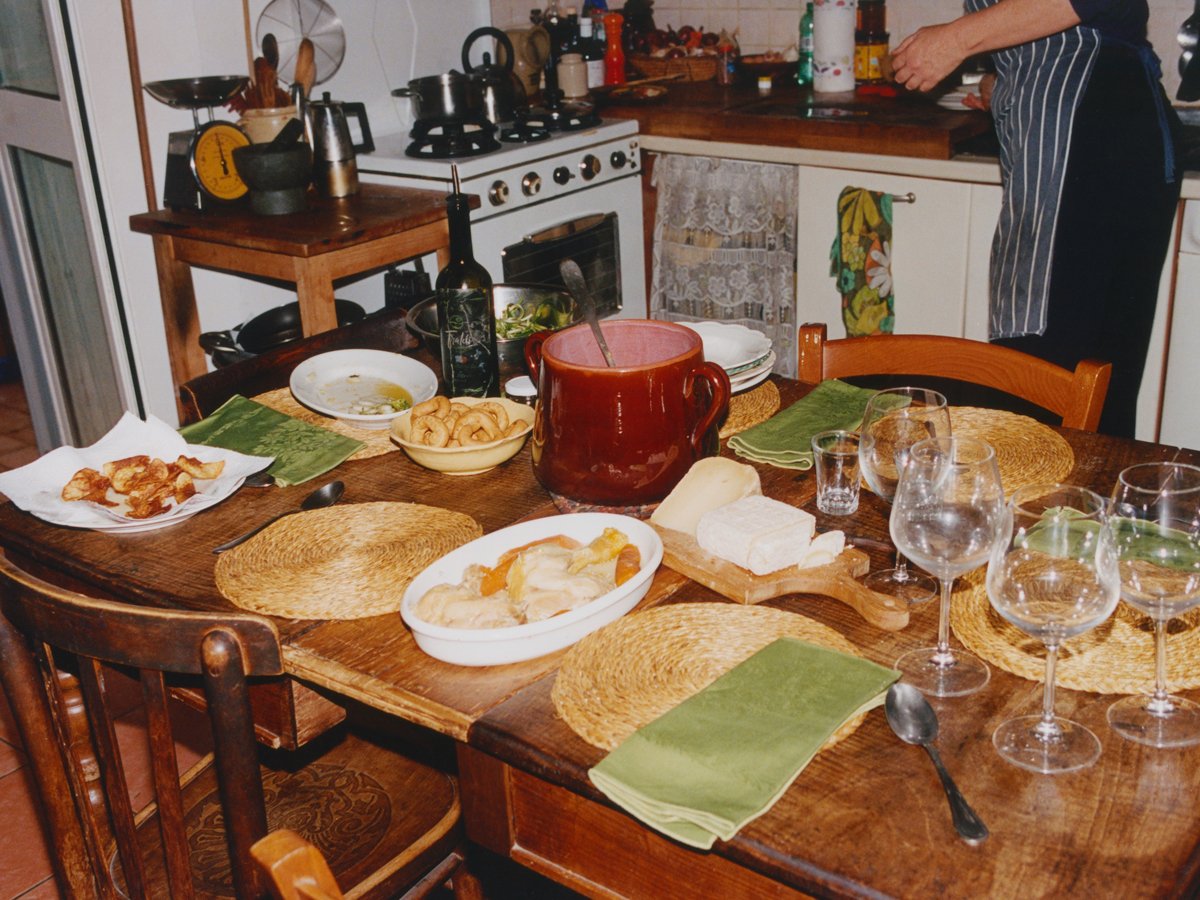
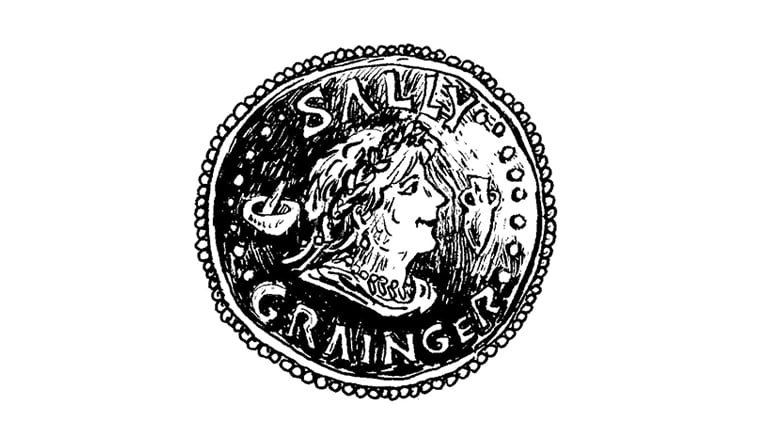

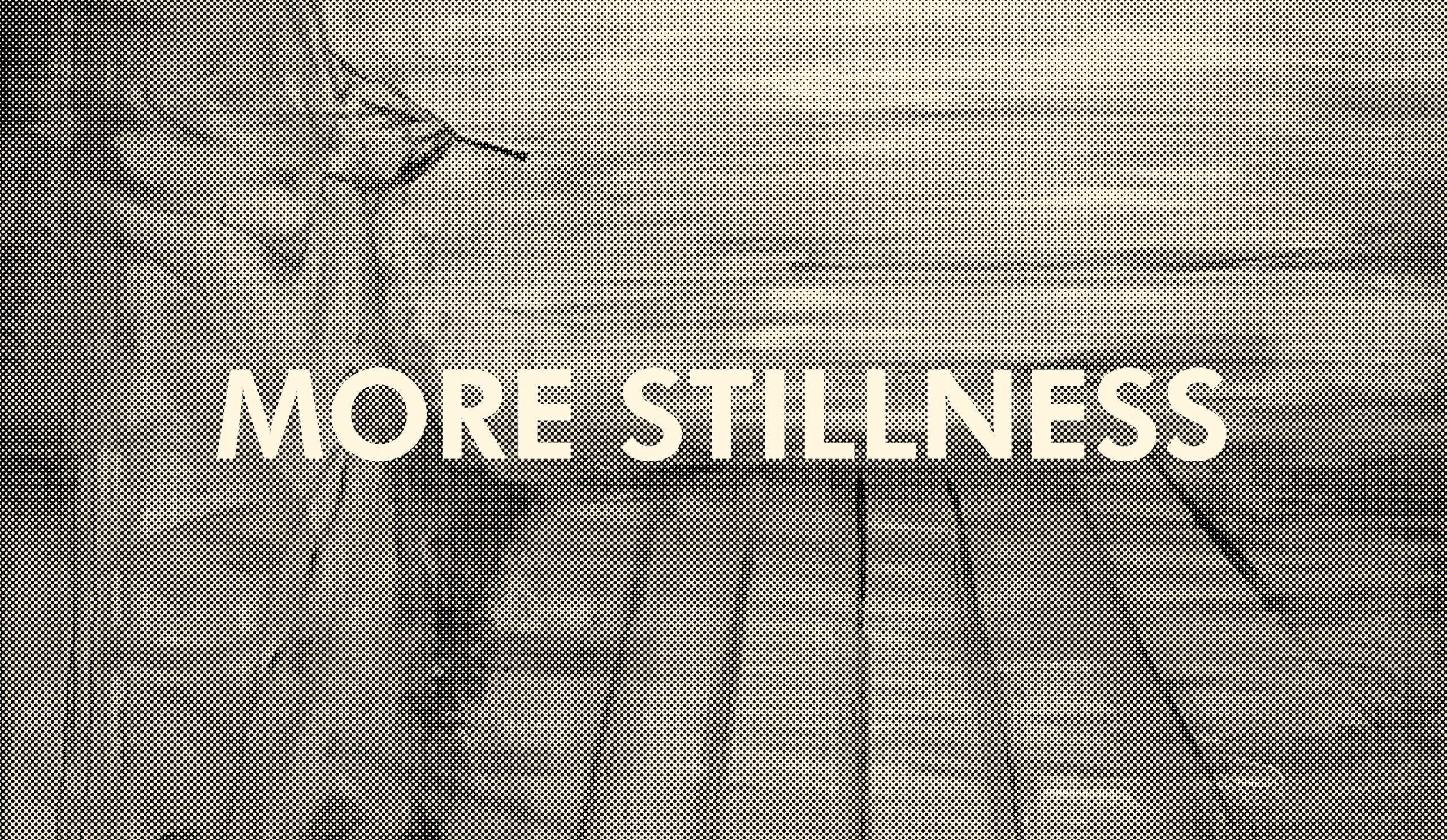
 close
close